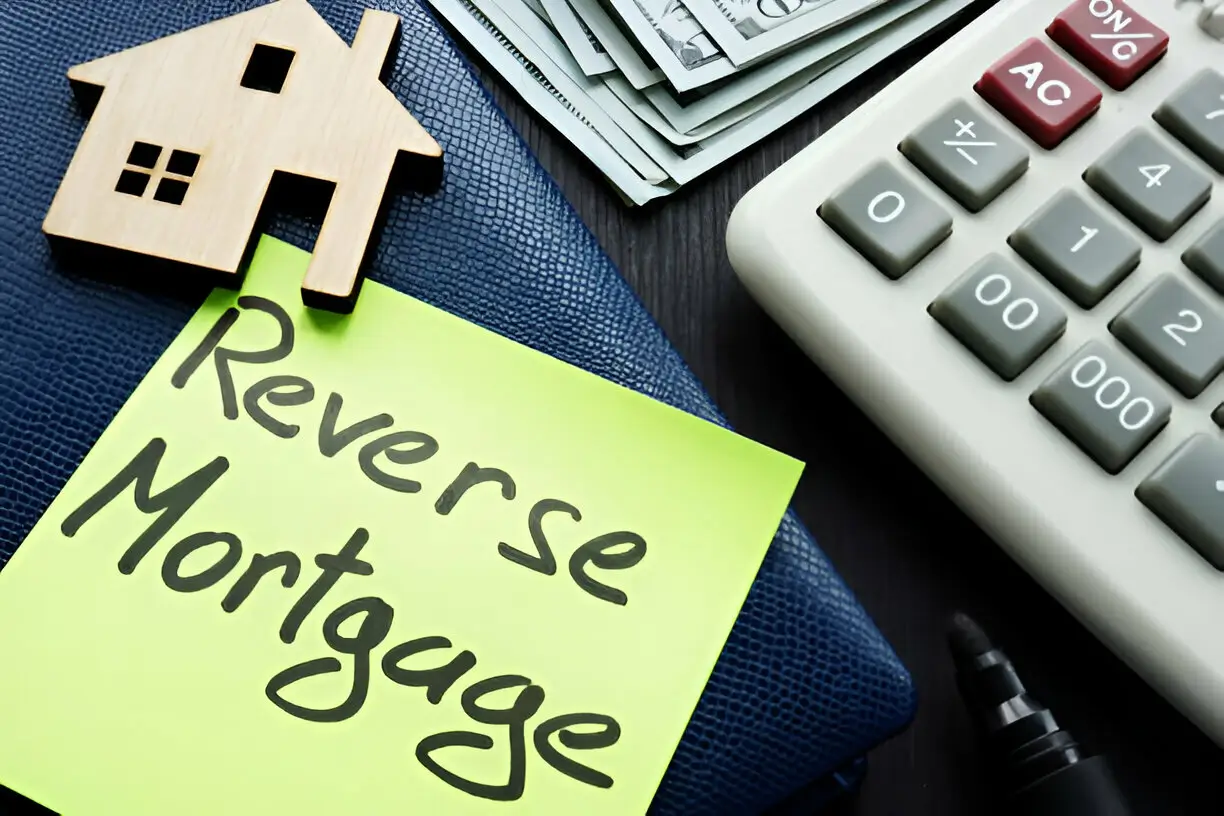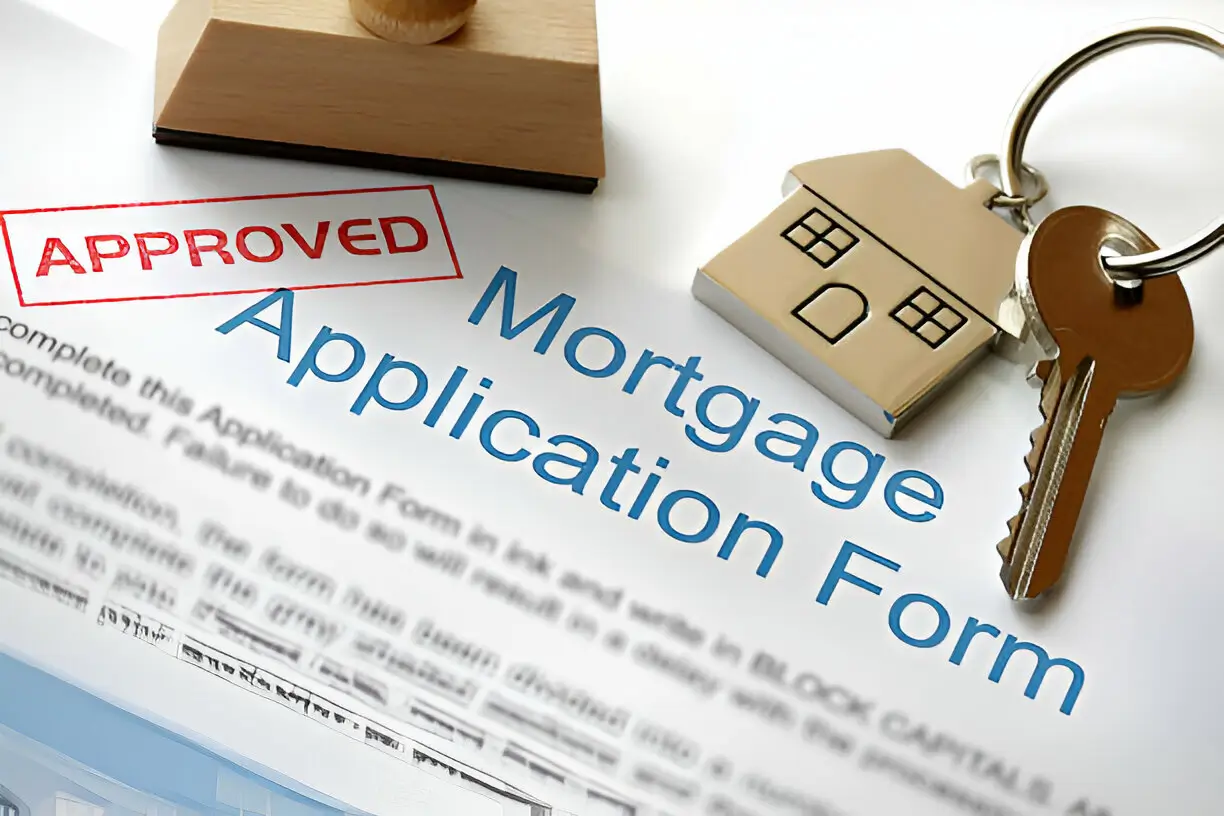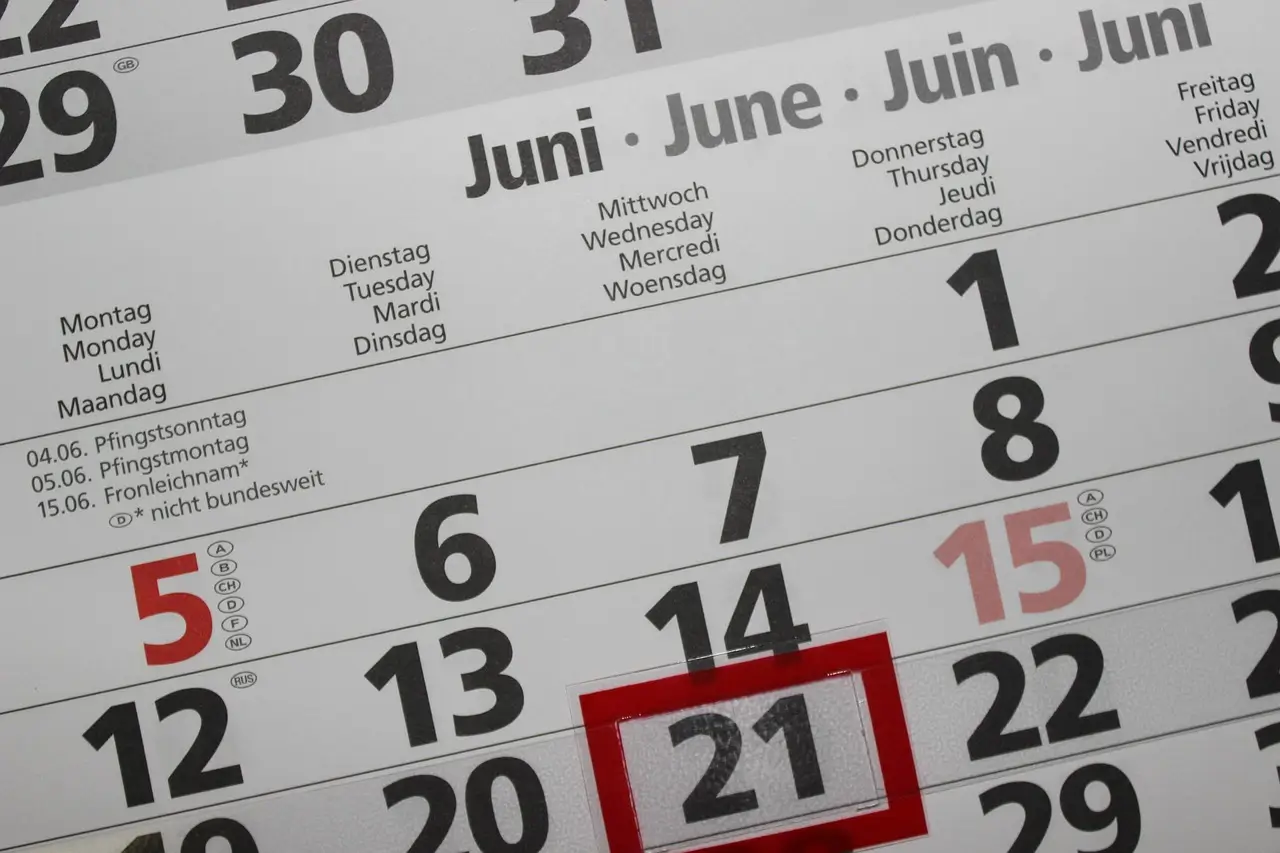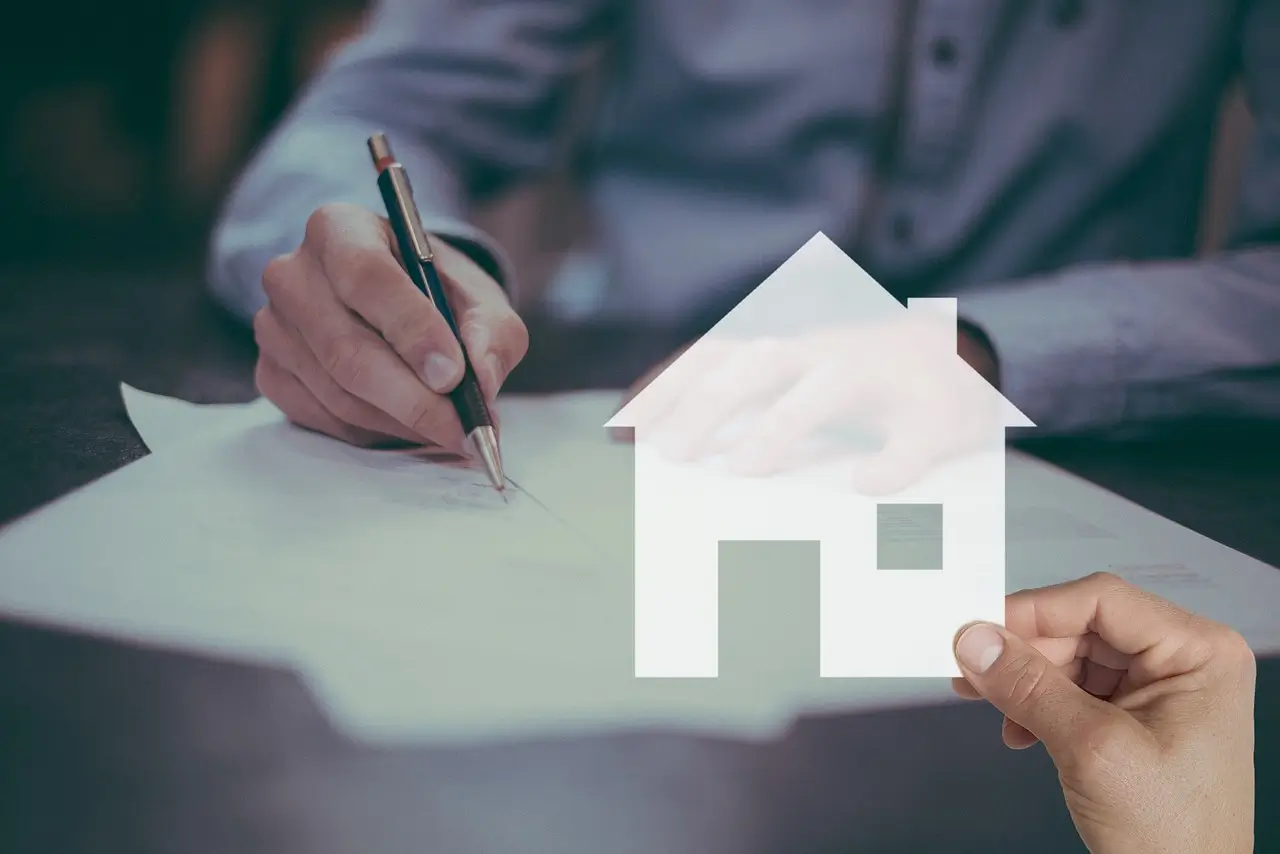How to Navigate the Mortgage Application Process
Mortgage application process can feel like navigating a maze, but it doesn’t have to be overwhelming. Want to make your dream home a reality without getting lost in the paperwork? This guide will walk you through each step, ensuring you’re prepared and confident. We’ll break down the complexities into simple, actionable tips. Ready to conquer the mortgage application process and unlock the door to your new home? Let’s dive in.
Understanding the Mortgage Application Process
The mortgage application process is a crucial step in purchasing a home, involving multiple stages from pre-approval to closing. Each step requires careful attention to detail and preparation. By understanding the entire process, you can navigate it more smoothly and avoid common pitfalls.
Pre-Approval: Your First Step
Why Get Pre-Approved?
Getting pre-approved for a mortgage is a smart first step. It not only shows sellers you’re a serious buyer but also gives you a clear idea of how much house you can afford. During pre-approval, the lender evaluates your financial situation to determine your loan eligibility.
Gathering Documents
To get pre-approved, you’ll need to provide several documents, including:
- Proof of income: Pay stubs, tax returns, W-2s.
- Proof of assets: Bank statements, investment accounts.
- Credit history: Credit report and scores.
- Employment verification: Recent job history and status.
- Identification: Driver’s license, Social Security number.
Understanding Your Credit Score
Your credit score plays a significant role in the mortgage application process. Lenders use it to assess your risk level. A higher score can mean better interest rates and terms. Check your score before applying and take steps to improve it if necessary.
Shopping for a Mortgage
Types of Mortgages
There are several types of mortgages to consider:
- Fixed-rate mortgages: Stable interest rates and monthly payments.
- Adjustable-rate mortgages (ARMs): Interest rates change periodically.
- FHA loans: Government-backed loans for low-to-moderate-income buyers.
- VA loans: For veterans, with no down payment required.
- Jumbo loans: For high-value homes exceeding conforming loan limits.
Comparing Lenders
Not all lenders offer the same terms. Shop around and compare interest rates, fees, and customer service. Use online tools and resources to get quotes from multiple lenders.
Getting a Loan Estimate
After selecting a lender, request a loan estimate. This document provides a detailed breakdown of the loan’s terms, estimated payments, and closing costs. Review it carefully to ensure there are no hidden fees.
The Application Process
Completing the Application
Once you’ve chosen a lender, you’ll complete a formal mortgage application. This involves providing detailed information about your finances, employment, and the property you wish to purchase. Be prepared to answer questions and provide additional documentation if needed.
Underwriting
Underwriting is the process where the lender reviews your application and decides whether to approve the loan. The underwriter evaluates your credit, income, assets, and the property’s value. This stage can take several weeks, and you may be asked for more information during this time.
Appraisal and Inspection
Lenders require an appraisal to determine the home’s market value. This ensures the loan amount is appropriate for the property’s worth. Additionally, a home inspection, while not always required by lenders, is highly recommended to identify any potential issues with the property.
Closing the Deal
Final Walkthrough
Before closing, you’ll do a final walkthrough of the property to ensure it’s in the agreed-upon condition. Check for any repairs that were supposed to be made and confirm that everything is as expected.
Closing Disclosure
Three days before closing, you’ll receive a closing disclosure. This document outlines the final terms of the loan, including the loan amount, interest rate, monthly payments, and closing costs. Compare it to your loan estimate to ensure there are no significant changes.
Closing Day
On closing day, you’ll sign a stack of documents to finalize the loan and transfer ownership of the property. Bring your identification, a cashier’s check for closing costs, and any other required documentation. Once everything is signed, you’ll receive the keys to your new home.
Real-Life Example
The Thompson Family
The Thompson family decided to buy their first home. They started by getting pre-approved, which helped them understand their budget. After comparing several lenders, they chose one with competitive rates and excellent customer service. The underwriting process was smooth, thanks to their organized financial records. On closing day, they were thrilled to finally hold the keys to their dream home.
Tips for a Smooth Mortgage Application Process
Stay Organized
Keep all your financial documents organized and easily accessible. This includes pay stubs, bank statements, tax returns, and any other relevant paperwork.
Communicate with Your Lender
Maintain open communication with your lender. Respond promptly to any requests for information or documentation to avoid delays.
Avoid Major Financial Changes
During the mortgage application process, avoid making significant financial changes, such as changing jobs or making large purchases. These can impact your loan approval.
Be Prepared for Closing Costs
Closing costs can add up, so be prepared to cover these expenses. They typically range from 2% to 5% of the loan amount and include fees for appraisals, inspections, and title insurance.
FAQs
What is the Mortgage Application Process?
The mortgage application process involves several steps, including pre-approval, shopping for a mortgage, completing the application, underwriting, and closing. Each step requires careful preparation and documentation.
How Long Does the Mortgage Application Process Take?
The mortgage application process can take anywhere from 30 to 60 days, depending on the complexity of the loan and the efficiency of the lender. Staying organized and responsive can help expedite the process.
What Factors Affect Mortgage Approval?
Several factors affect mortgage approval, including your credit score, income, debt-to-income ratio, employment history, and the property’s value. Lenders assess these factors to determine your ability to repay the loan.
Can I Apply for a Mortgage with Bad Credit?
Yes, you can apply for a mortgage with bad credit, but it may be more challenging to get approved. You may need to provide a larger down payment or accept higher interest rates. Consider improving your credit score before applying.
What Are Closing Costs?
Closing costs are fees associated with finalizing a mortgage. They include appraisal fees, title insurance, attorney fees, and more. These costs typically range from 2% to 5% of the loan amount.
How Can I Improve My Chances of Mortgage Approval?
To improve your chances of mortgage approval, maintain a good credit score, keep your debt-to-income ratio low, save for a substantial down payment, and stay employed in a stable job. Organize your financial documents and respond promptly to lender requests.
Navigating the mortgage application process can seem daunting, but with the right preparation and knowledge, you can make it a smooth and successful journey. By understanding each step, staying organized, and working closely with your lender, you’ll be well on your way to securing your dream home.






